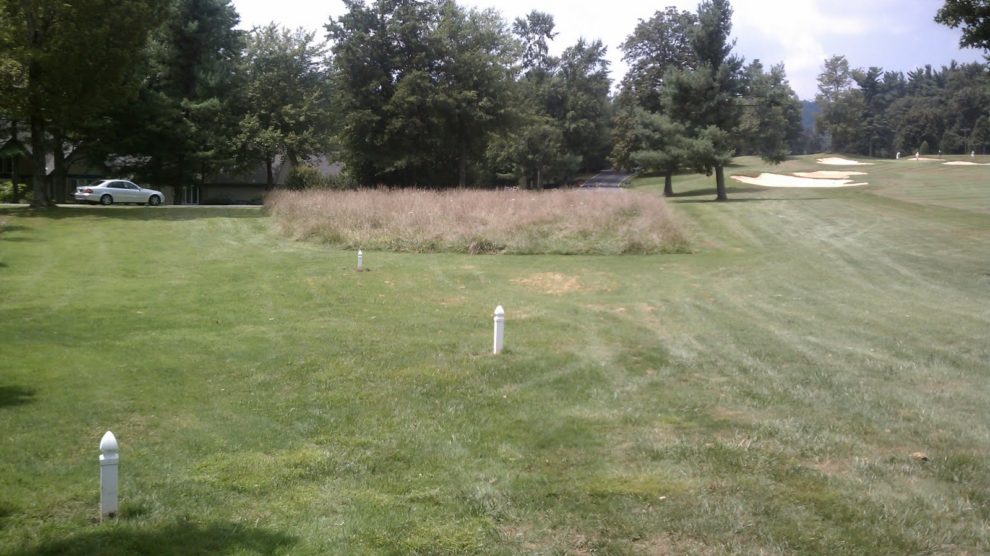When golfers typically think about hitting a ball out of bounds, they think about hitting a shot that goes off the golf course's property and lands on someone else's property -- like a back yard, or a street, or something like that.
However, at some golf courses, particularly in the British Isles, there's in-course out of bounds. That is, there are some parts of a golf course that have white OB stakes surrounding portions of the course that seem like they should be in play.
At Royal Portrush Golf Club in Northern Ireland, host for the 2019 British Open Championship, there's internal out of bounds on the very first hole. A small triangular patch of grass to the left of the rough off the first fairway is considered out of bounds. If a ball lands there -- even if it can be found -- then a player has to return to the tee (or wherever they previously hit from) and hit again after taking a penalty stroke.
Why is there in-course out of bounds?
Typically, in-course out of bounds is a historical feature of an older club. In many cases, the internal out of bounds represented a plot of land or a piece of property the club actually didn't own. That was the case at Royal Portrush. Though the club now owns the land off the first fairway, the club continues to play those portions of the property as internal OB. They do that as a nod to the club's history.
There's also internal out of bounds on the left side of the brutally difficult 18th hole at Royal Portrush. The internal out of bounds on that hole is well within the landing area of a drive, and it's just a dozen yards off the fairway. Many players this week will lay back off the tee just to avoid the prospect of flying a ball into the white OB stakes lingering on the final hole.
More broadly, many golf courses consider their practice facilities internal out of bounds if they adjoin the golf course in any way. That's standard practice, so as to keep golfers from wandering onto the driving range just to hit a shot and risk injury.

